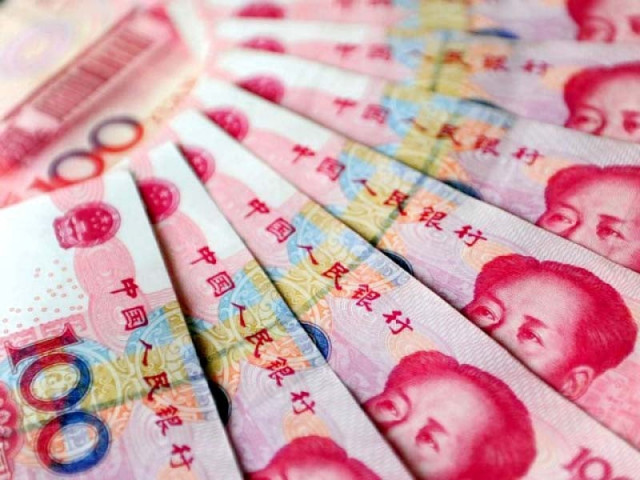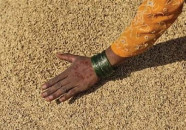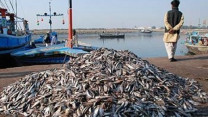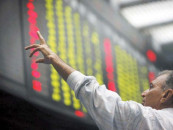Rs26b interest paid on Chinese loan
Payment given for using $4.5 billion Chinese trade finance facility

Pakistan has paid over Rs26 billion in interest cost to China for using a $4.5 billion Chinese trade finance facility to repay maturing debt in the last fiscal year - a cost that the country is bearing due to the failure of successive governments to place the economy on a solid footing.
The State Bank of Pakistan (SBP) on Friday released its annual financial statement for fiscal year 2020-21 that ended on June 30.
The report revealed that the central bank fully tapped the $4.5 billion, or 30 billion yuan, trade finance facility available under the China-Pakistan currency swap arrangement.
“During the year, the overall limit of 20 billion yuan has been further extended to 30 billion yuan for a period of three years against the rupee with the maturity buckets of three months to one year,” said the financial statement. “These purchases have been fully utilised as at June 30, 2021.”
It added that Rs26.1 billion interest was charged on the outstanding balance at agreed rates.
In rupee terms, the bilateral currency swap value increased from Rs476.6 billion in the preceding year to Rs748.5 billion by June this year - an increase of Rs272 billion in a single year, according to the central bank.
Out of the Rs748.5 billion, the interest-bearing component was Rs731 billion, said the SBP.
Pakistan largely utilised the Chinese trade finance facility to repay foreign debt and keep its gross foreign currency reserves at comfortable levels.
The $4.5 billion facility is part of the SBP’s $17.1 billion in gross official foreign exchange reserves. China has also extended $4 billion worth of SAFE deposits, which are also part of the $17.1 billion reserves.
By excluding these loans, the central bank’s foreign exchange reserves remain thin.
The trade facility, originally meant to promote bilateral trade in respective local currencies, has been used for paying foreign debt. In fiscal year 2019-20, Pakistan paid Rs20.6 billion in interest on using the $3 billion facility.
Read China to build base for Tajikistan near Afghan border
However, during the last fiscal year, the Chinese currency swap limit was extended to $4.5 billion after Pakistan approached China to help it repay the maturing Saudi Arabian debt.
In December last year, The Express Tribune reported that Pakistan and China had agreed to augment the size of a 2011 bilateral currency swap agreement (CSA) by an additional 10 billion Chinese yuan or around $1.5 billion
The benefit of this arrangement was that the additional $1.5 billion Chinese loan would not reflect on the books of the federal government and it would not be treated as part of Pakistan’s external public debt.
Saudi Arabia had provided $6.2 billion worth of financial packages to Pakistan for three years in 2018. This included $3 billion in cash assistance and $3.2 billion worth of annual oil and gas supply on deferred payments.
But the Kingdom had claimed back its money ahead of schedule. Pakistan was paying 3.2% interest on the $3 billion facility, according to the information that the Ministry of Finance shared with the National Assembly.
Pakistan had returned the Saudi Arabian loan after taking an equal amount of loan from China.
Saudi Arabia has now again extended a $4.2 billion financial package for one year on the same terms, Finance Adviser Shaukat Tarin said on Wednesday.
The Pakistan Tehreek-e-Insaf (PTI) government, like its predecessors, has failed to tap non-debt creating inflows, which has exposed the country to various risks. The exports are growing at a pace that is far lower than the imports while the foreign direct investment too remains stagnant for the past three years. The foreign remittances were the only non-debt creating source that was exceptionally growing well.
Read more China to step up efforts to build 'civilised internet'
The existing $17 billion worth of official foreign currency reserves have largely been built through borrowing, including from private commercial banks.
The government has not been able to get the suspended $6 billion IMF programme restored. The IMF and Pakistan were sticking to their positions however the fresh Saudi Arabian package of $4.2 billion has provided relief, reversing rupee depreciation by Rs3.7 to a dollar in just three days.
However, the sustainability of the rupee against the US dollar would depend upon whether the government finds some durable solution to its external sector problems or not.
The delay in restoring the IMF programme could undermine programme loans from the other two multilateral creditors, which were critical for maintaining the borrowed foreign exchange reserves at their current levels.
The SBP’s report stated that a bilateral currency swap agreement (CSA) was entered between the Bank and the Peoples Bank of China in December 2011 in order to promote bilateral trade, finance direct investment, provide short term liquidity support and for any other purpose mutually agreed between the two central banks.
Published in The Express Tribune, October 30th, 2021.
Like Business on Facebook, follow @TribuneBiz on Twitter to stay informed and join in the conversation.



















COMMENTS
Comments are moderated and generally will be posted if they are on-topic and not abusive.
For more information, please see our Comments FAQ